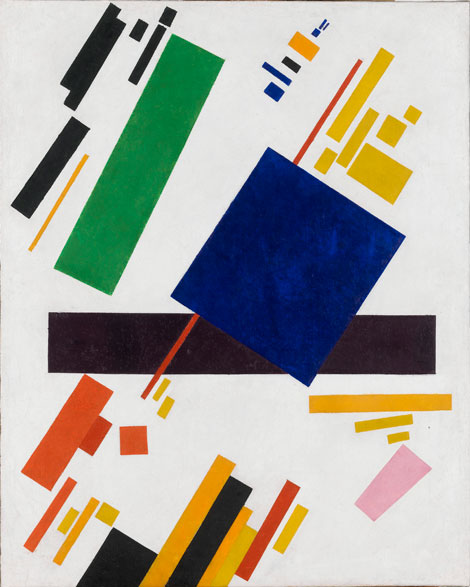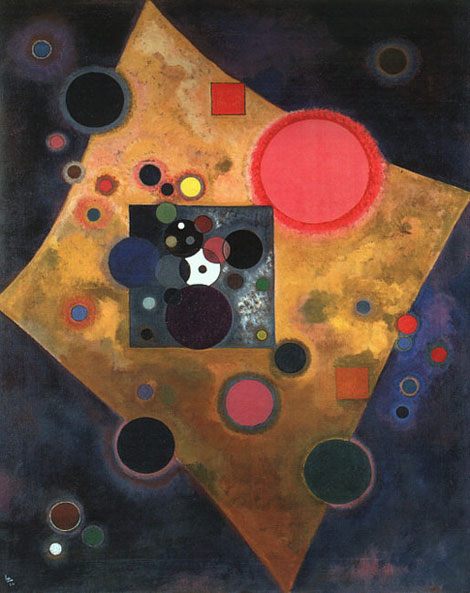Russian Avant-garde
The Russian Avant-garde is a broad term used to describe the different trends in modern art that flourished during the period of the Russian Revolution, over the Russian Empire's dissolution and the Soviet Union's establishment. The movement appeared in the late 19th century and it reached its creative aperture during the first decades of the 20th century, before the emergence of Socialist Realism in the early 1930s. The oeuvre of Russian Avant-garde contains some of the most well-known painting in the world of art.
History of Russian Avant-garde
The First World War and the Bolshevik Revolution of 1917 were the catalysts for the dramatic changes that occurred in the art movements that encompassed the Russian Avant-garde. The themes of many of the artworks were influenced by the artists’ beliefs in freedom, a freedom that was distorted under the autocratic rule of the Russian tsars, and later restricted by the Russian Civil War and the dictatorships of Lenin and Stalin.
Notable proponents of the Russian Avant-garde include Wassily Kandinsky and Kazimir Malevich. During the time of the Russian Avant-garde many prominent art movements were born, such as Russian Futurism, and Constructivism. These are combined under the umbrella term Russian Avant-garde.
Many of the styles that emerged during this era, especially Constructivism, would also play a key role in Soviet propaganda. The bold geometric shapes and the block lettering were important elements in many Constructivist-influenced Soviet posters.
Though the Constructivist aesthetic had been incorporated into Soviet propaganda throughout the 1930s, the ideas formulated during the Russian Avant-garde clashed with the state sponsored ideas of Socialist Realism. Much of their work had profound influences from outside of the Soviet Union. Kandinsky himself, for example, taught at the renowned Bauhaus school of design in Germany.
The movement also encompassed many forms of art outside the realm of painting. The Avantgarde was an advent of new ideas and themes within cinema, with filmmakers such as Sergei Eisenstein rising to prominence, and architecture, where Ilya Golosov was a proponent of the post-Constructivist style that was endorsed by Stalin. Architectural projects such as the Palace of The Soviets were an embodiment of this Classical style within post-Constructivism.
Text by Joshua Gregory

